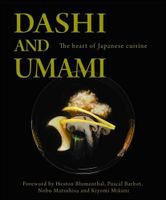🔥 Try our grilling cookbooks and save 25% on ckbk membership with code BBQ25 🔥
How dried shiitake is made
The majority of shiitake mushrooms eaten nowadays are cultivated, and methods for doing so have been refined since the process was first invented during the Edo period (16001853). The process begins in spring, when logs, often of the kunugi or nara trees (both kinds of oak), are cut to lengths of around one metre, with around 20 small holes bored into each. These holes are then impregnated with shiitake spores. The logs, which are now referred to as hodagi, are then left in a wooded area for around one year to allow the spores to grow. This area, known as a hodaba, is carefully chosen so that it offers optimum levels of sunlight and a good temperature for the shiitake to grow. By the following spring, the logs will have borne their first crop of shiitake, and will continue to produce quality shiitake for five to seven years.
Become a Premium Member to access this page
Unlimited, ad-free access to hundreds of the world’s best cookbooks
Over 160,000 recipes with thousands more added every month
Recommended by leading chefs and food writers
Powerful search filters to match your tastes
Create collections and add reviews or private notes to any recipe
Swipe to browse each cookbook from cover-to-cover
Manage your subscription via the My Membership page
Part of
Advertisement
Advertisement


